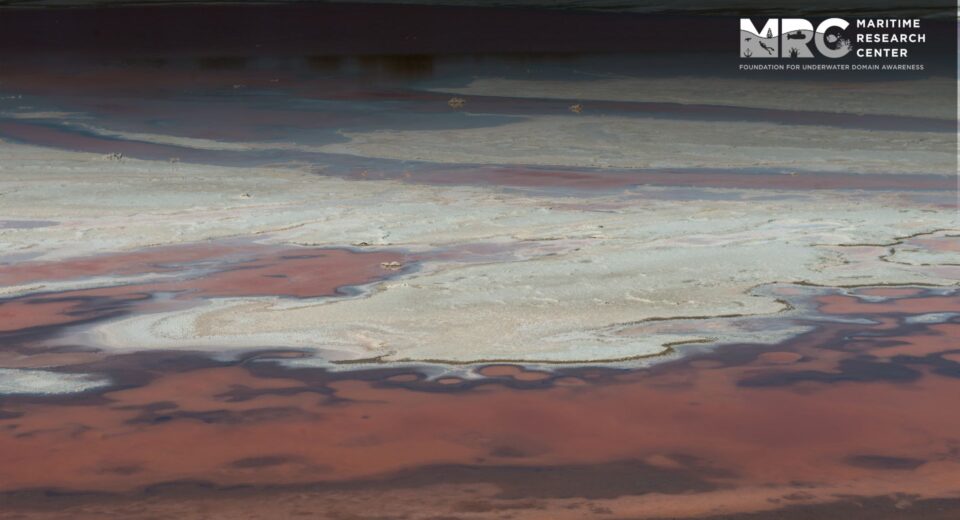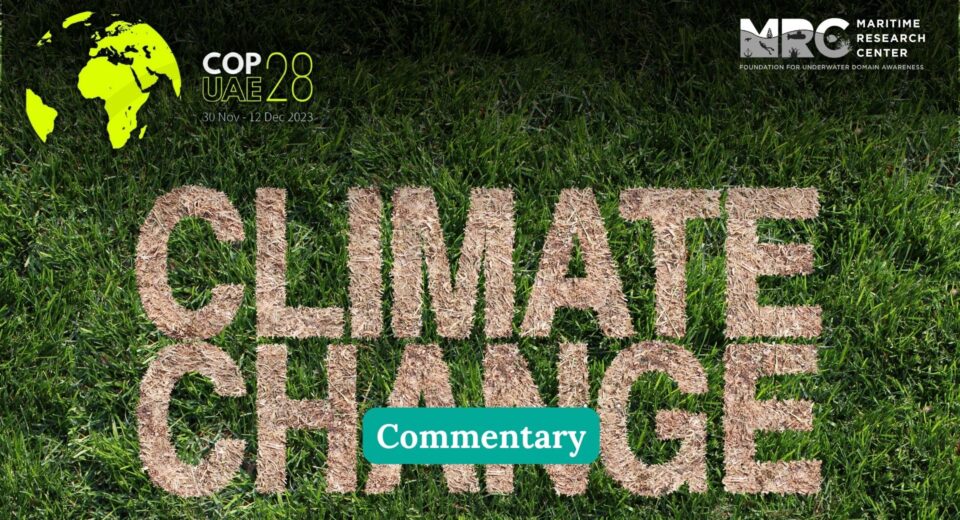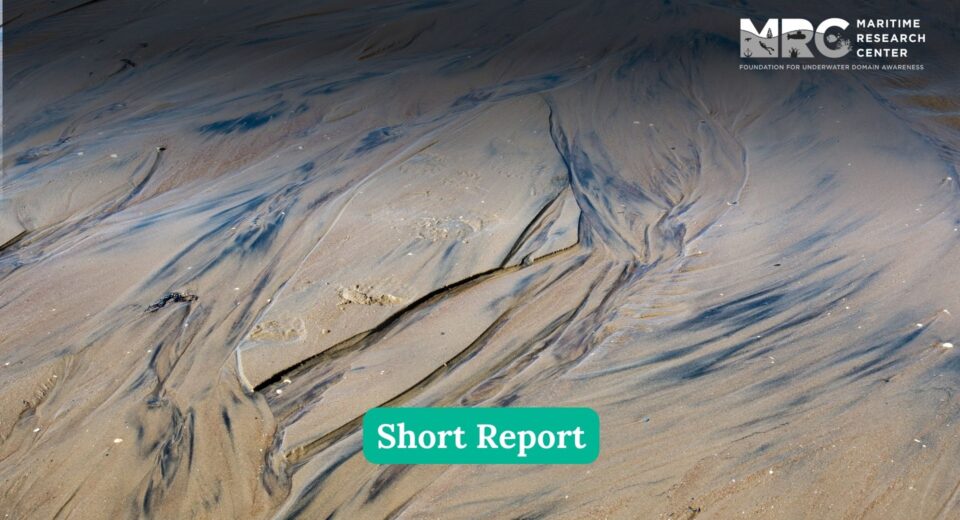Unearthing the struggle: Navigating Sediment Challenges in the Tropical Landscape
Key Highlights Understanding sediment dynamics is crucial to understanding biological cycles in marine ecosystems. The Himalayan Rivers transport enormous sediment loads to the Bay of Bengal, hampering anthropogenic activities. Indian Monsoon system, along with soil erosion, aggravates inland and urban flooding. Increased sediment load affects the marine ecosystem, water quality and exploration missions. Sustainable utilization of resources requires an integrated approach that combines sediment management with urban development. Water bodies comprise 70% of the Earth’s surface and are vital in shaping life and the global economy. They are essential for biological cycles and the survival of life, with sediments playing a significant role in influencing these bodies. These sediments cover two-thirds of continents and nearly the entire ocean floor, with 89% of Earth’s surface sediments supporting the biosphere and forming rocks. Human activities substantially impact sedimentation and erosion, underscoring the importance of a comprehensive understanding of our environmental impact and the interconnected relationship between the environment and humans. This holds, especially in the case of the Indian Ocean, which is a critical route for global trade, particularly in energy. The extensive and densely populated coastal areas surrounding the Indian Ocean include some of the fastest-growing regions in the world. Globally, Asian rivers are major contributors to sediment in the world’s seas, transporting around 6300 million tonnes of silt to coastal waters annually. Between 20 and 30% of the world’s ocean sediment enters the Bay of Bengal annually, constituting 15 to 20% of the total global sediment flux. The Ganga–Brahmaputra and Indus rivers contribute about 70% of this, while the remainder originates from peninsula rivers. The Deccan Traps, prevalent in the Indian peninsula, contribute debris to these rivers. The Ganges-Brahmaputra River system experiences significant variations in silt movement daily, seasonally, and throughout the year. Notably, the Alaknanda River, a Ganga headstream, exhibits five times the global average for physical weathering and six times the global average for chemical erosion. The flow patterns of Himalayan rivers are altered by melted snow originating from ice and glaciers, coursing through deep valleys and gorges. These swift-flowing rivers carry large sediment pieces, such as rocks, pebbles, and finer materials like sand and clay. The dynamic environment they traverse leads to substantial changes in water and silt content. Himalayan rivers are distinctive due to their ever-changing paths, scouring of beds and banks, and transportation of substantial sand-sized sediment. These unique characteristics result from hydro-climatic and morpho-tectonic conditions. As these rivers reach the Ganges plain, the reduced slope slows the flow, facilitating sediment settlement. In India, 90% of the Himalayan silt comprises quartz. Indian rivers undergo significant seasonal variations due to the region’s diverse weather patterns. During the monsoon season, lasting four to five months, rivers experience 80–95% of their annual flow and sediment load, with heavy rains causing intense flooding. This period, marked by increased river activity, is crucial in erosion and sediment transport. The geomorphic impact of monsoonal rivers is evident during these events. India’s unique rainfall patterns have shaped its rivers’ courses to accommodate diverse flows. For instance, about 95% of the Ganges’ silt load occurs during the monsoons, with nearly half of its annual water flow happening in just one week. Interestingly, over 70% of the river’s sediment reaches the delta as silt, while only 10% is sand. Severe storms in Indian rivers are crucial in erosion and sediment transport, affecting approximately 53% of the country’s land area with soil runoff. Periodic large floods, occurring every few years to decades, result from sediment bursts from upstream, tributaries, channel edges, and floodplains. The gradual accumulation of sediment diminishes water storage in reservoirs, as the slowed water speed complicates sediment particle movement. “A survey of nearly 350 Indian reservoirs indicates an annual loss of about 1.5 BCM of live water. Investigations into major Indian lakes reveal that six large and three medium-sized reservoirs have experienced a loss of over 25% of their water storage capacity, highlighting significant challenges with erosion and sedimentation in the country. Sedimentation in rivers also diminishes navigable depth and elevates riverbeds, leading to drainage congestion. Sediment management significantly influences dredging activities in waterways.” Figure: Total Sediment Thickness of the World Ocean’s https://www.ngdc.noaa.gov/mgg/image/sedthick9.jpg The Central Water Commission of India recognises the economic impact, predicting an annual 1.5% decline in reservoir storage capacity due to sediment buildup. Increased sediment deposition can result in heightened flooding, causing property damage, contamination of water supplies, crop loss, social upheaval, temporary displacement, and potential loss of life. Constructing dams, altering river courses, and extracting groundwater or hydrocarbons may contribute to coastal erosion, subsidence, and changes in the freshwater-saltwater interface—critical factors for preserving coastal habitats and fisheries. India’s major rivers are vital to the country’s ecosystem, providing crucial resources to farms, factories, and towns. With their diverse biodiversity, these perennial rivers contribute to the vitality of marshes and floodplains, serving as essential habitats for numerous plant and animal species. “Sediment significantly impacts water quality and aquatic environments, carrying harmful nutrients and pesticides that detrimentally affect water quality.” Additionally, the physical characteristics of sediment can obstruct stream channels, impede the photosynthesis of aquatic plants, and cover fish spawning areas. Experiments have shown that the intrusion of fine sediment into freshwater elevates the mortality rate of mussels. Sediment pollution clouds water, hindering animal visibility and impeding the growth of natural vegetation. It disrupts the aquatic food chain by destroying habitats for small stream organisms, leading to significant declines in fish populations. Sediment also raises the cost of treating drinking water, causing odour and taste issues. It can block fish gills, reducing disease resistance and growth rates while impacting fish egg and larvae development. Nutrients carried by sediment can trigger blue-green algae, releasing toxins harmful to swimmers. The Ganges River dolphin, classified as Endangered on the IUCN Red List since 1996, faces threats from habitat fragmentation due to reduced dry-season river flows, pollution in urban areas, and climate change affecting hydrological and sediment dynamics. The Environmental Protection Agency identifies sediment as the most prevalent water pollutant globally. It causes water




